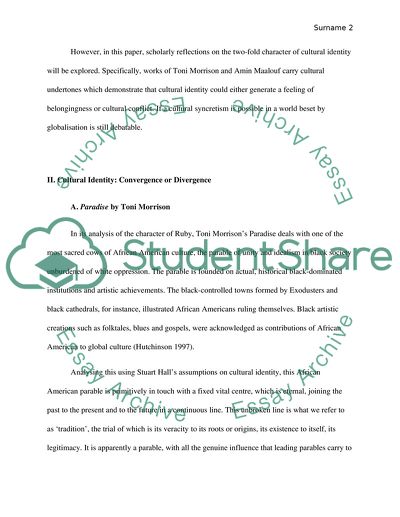Cite this document
(Cultural Identity: Commonality or Diversity Book Report/Review, n.d.)
Cultural Identity: Commonality or Diversity Book Report/Review. Retrieved from https://studentshare.org/social-science/1724714-the-diaspora-and-the-national-identity
Cultural Identity: Commonality or Diversity Book Report/Review. Retrieved from https://studentshare.org/social-science/1724714-the-diaspora-and-the-national-identity
(Cultural Identity: Commonality or Diversity Book Report/Review)
Cultural Identity: Commonality or Diversity Book Report/Review. https://studentshare.org/social-science/1724714-the-diaspora-and-the-national-identity.
Cultural Identity: Commonality or Diversity Book Report/Review. https://studentshare.org/social-science/1724714-the-diaspora-and-the-national-identity.
“Cultural Identity: Commonality or Diversity Book Report/Review”, n.d. https://studentshare.org/social-science/1724714-the-diaspora-and-the-national-identity.


